I have the following function, which returns the next available client ID from the Client table:
CREATE OR REPLACE FUNCTION getNextClientID RETURN INT AS
ctr INT;
BEGIN
SELECT MAX(NUM) INTO ctr FROM Client;
IF SQL%NOTFOUND THEN
RETURN 1;
ELSIF SQL%FOUND THEN
-- RETURN SQL%ROWCOUNT;
RAISE_APPLICATION_ERROR(-20010, 'ROWS FOUND!');
-- RETURN ctr + 1;
END IF;
END;
But when calling this function,
BEGIN
DBMS_OUTPUT.PUT_LINE(getNextClientID());
END;
I get the following result:
which I found a bit odd, since the Client table contains no data:
Also, if I comment out RAISE_APPLICATION_ERROR(-20010, 'ROWS FOUND!'); & log the value of SQL%ROWCOUNT to the console, I get 1 as a result.
On the other hand, when changing
SELECT MAX(NUM) INTO ctr FROM Client;
to
SELECT NUM INTO ctr FROM Client;
The execution went as expected. What is the reason behind this behavior ?

